Elections 2023: Swiss parliament shifts to the right

The right-wing Swiss People’s Party is the big winner of Sunday’s Swiss federal elections. The left-wing Green Party is the big loser.
Voters have elected a new parliament for the 2023-2027 legislative period. Up for grabs were 200 seats in the House of Representatives and 44 of 46 seats in the Senate.
Key points:
- The major winner on Sunday was the right-wing Swiss People’s Party with 27.9%* of the vote (+2.3 percentage points since 2019). The Green Party lost 3.4 percentage points, falling to 9.8%. Overall, parliament has moved to the right.
- Turnout was 46.6%, up from 45.1% four years ago.
- A record 5,909 candidates stood for election to the 200-seat House of Representatives this year; 41% of them were women. In the end, the number of women elected dropped from 84 in 2019 to 77.
Final results for the 200-seat House of Representatives – the composition of which sets the tone for overall gains and losses – show that the People’s Party gained nine seats (for a total of 62), the Social Democrats gained two (41) and the Centre Party gained one (29). The Radical-Liberals lost one (28), the Greens lost five (23), and the Liberal Greens lost six (10).
In the 46-seat Senate, the Centre Party and the Radical-Liberals have so far won the most seats, but because in some cantons none of the candidates won an absolute majority (more than 50% of votes), a second round will be necessary. These will take place in November. In the second round, the candidate(s) with the most votes wins, regardless of the absolute majority rule.
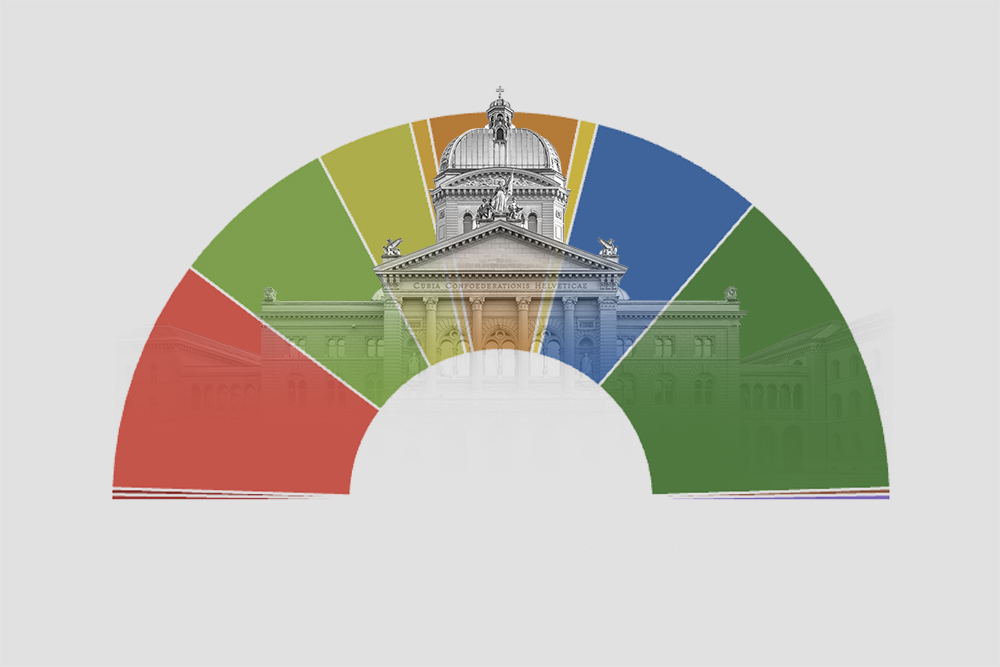
More
Elections 2023: results
The race for third place, between the Centre Party and the Radical-Liberal Party, was a big talking point of the election. If the former overtook the latter in the House of Representatives for the first time, a seat in Switzerland’s seven-member consensus government could be up for discussion: currently, the “magic formula” of seat allocation gives the Radical-Liberals two ministers and the Centre just one.
According to final results on Sunday, the Centre Party came third with 14.6% of the vote, pipping the Radical-Liberals on 14.4%. However, three days later the government admitted those figures were incorrect (see note below). The Radical-Liberals in fact came third with 14.3%, ahead of the Centre Party on 14.1%.
*The results as a percentage of voter shares for the House of Representatives were corrected by the Federal Statistical Office (FSO) on October 25, 2023. The new figures have no impact on seat distribution in parliament.
Our analysis of the main takeaways from election Sunday in Switzerland:

More
Eight takeaways from the 2023 federal elections in Switzerland
Did Swiss voters abroad follow national trends?
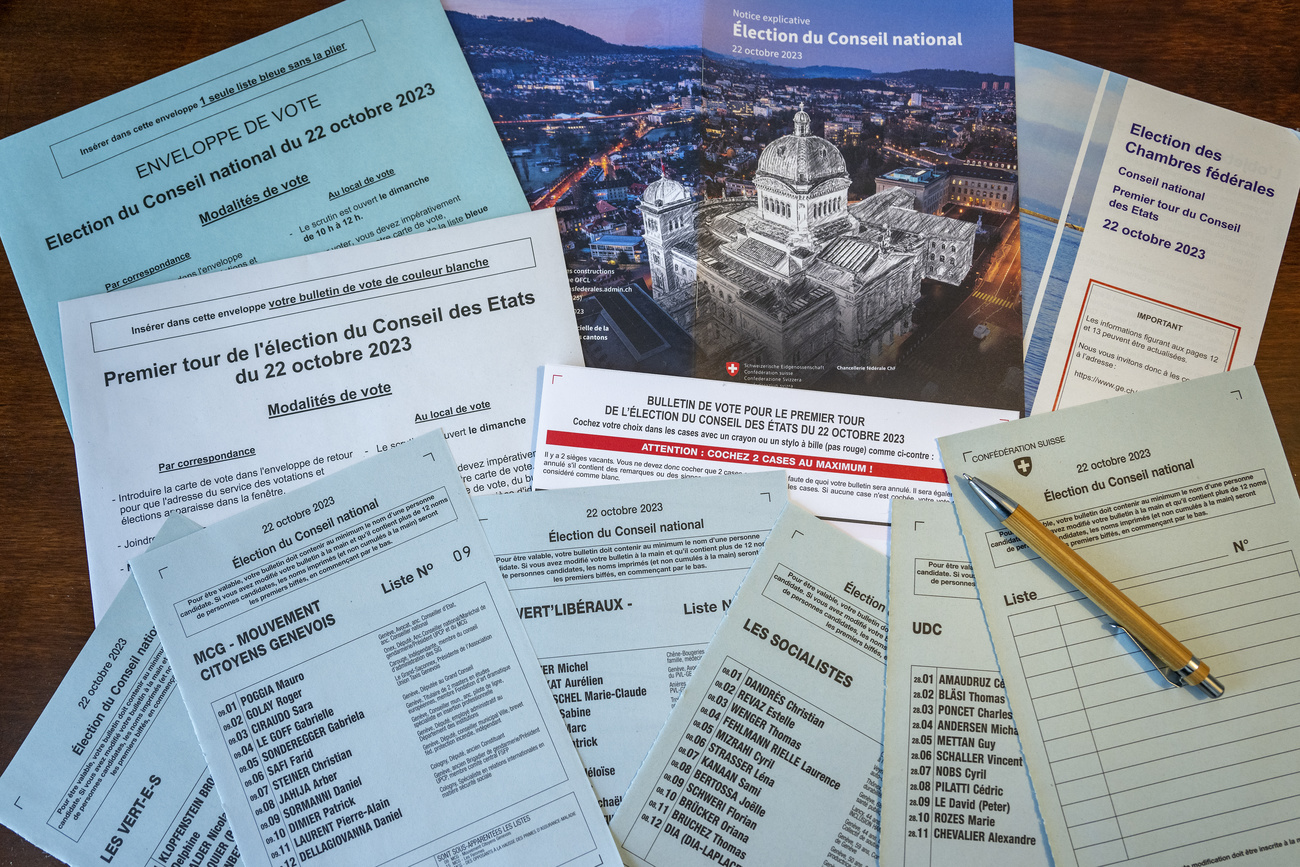
More
Swiss Abroad also turn their back on Greens
And what did they make of e-voting?
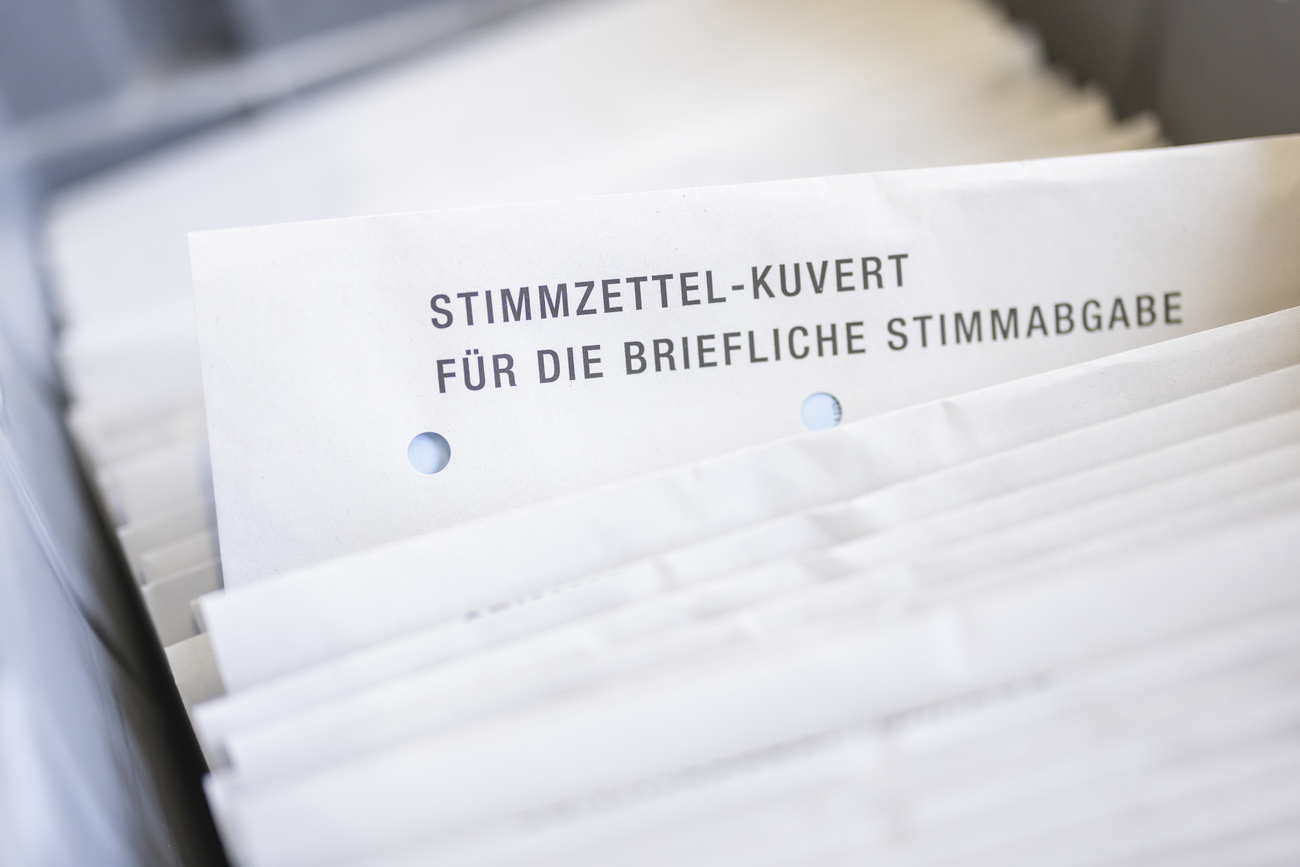
More
Swiss Abroad: e-voting doesn’t make up for frustrations
How the major political parties reacted to the results:
And how the foreign media reacted:
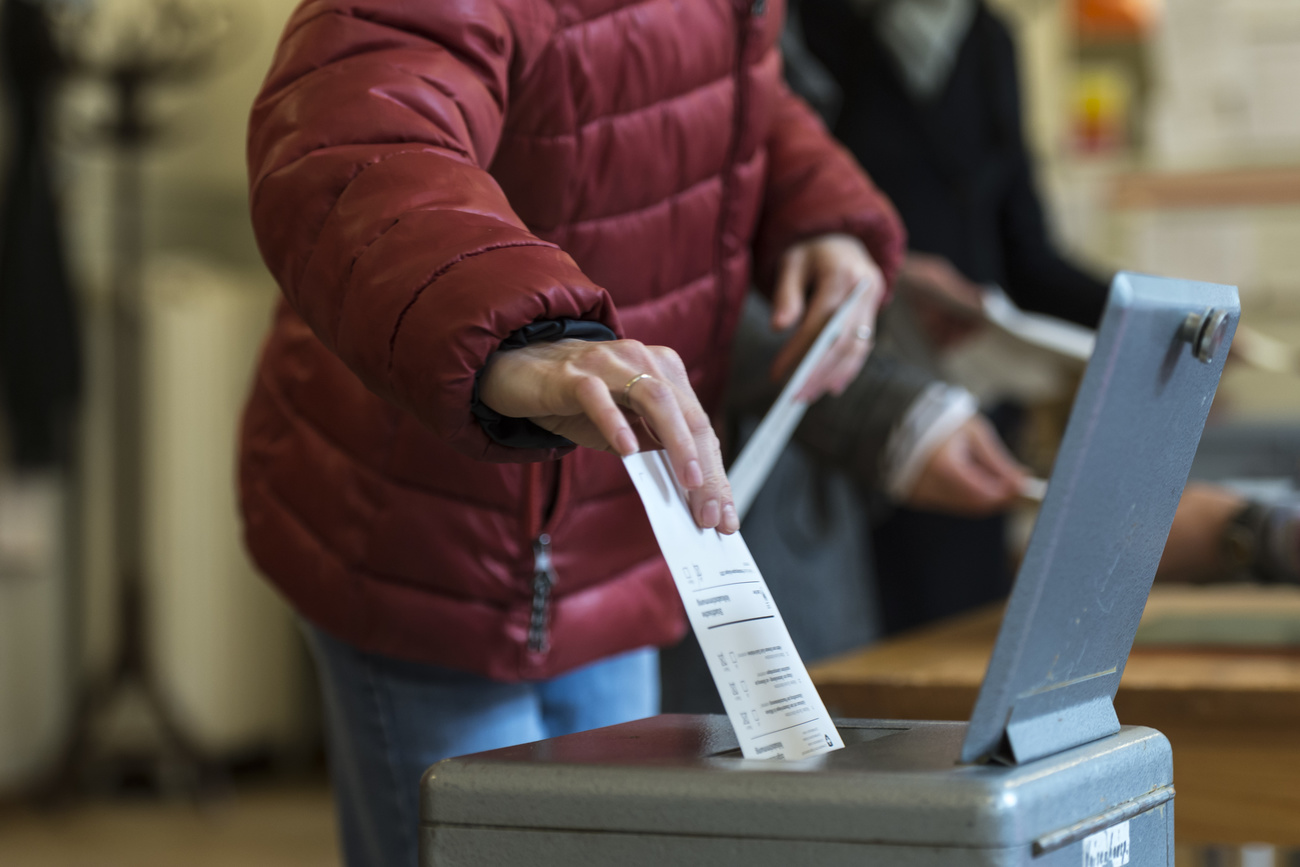
More
Foreign media bemoans Swiss electoral shift to right
Lukas Golder from the gfs.bern research institute analyses Sunday’s results:
What did the Swiss media make of the 2023 federal elections?

More
Swiss elections in the media: lacklustre campaign yet ‘historic’ results
SWI swissinfo.ch journalist Balz Rigendinger explains how the Swiss voters who live abroad vote differently:
The federal elections in pictures:
How the elections work and why they’re important:
- The Swiss parliament for dummies
- How parliamentary elections work (video)
- In a direct democracy, what’s the point of parliament?
- What our journalists reckon is at stake in the 2023 elections
- Swiss election campaigns: not as boring as you might think
- An overview of what Swiss political parties stand for
The breaking of the “Green wave”? The context and stakes of this year’s elections:

More
Swiss politics tipped to become more right-wing and less green
Predicting the present? The last big election poll published ten days ago:
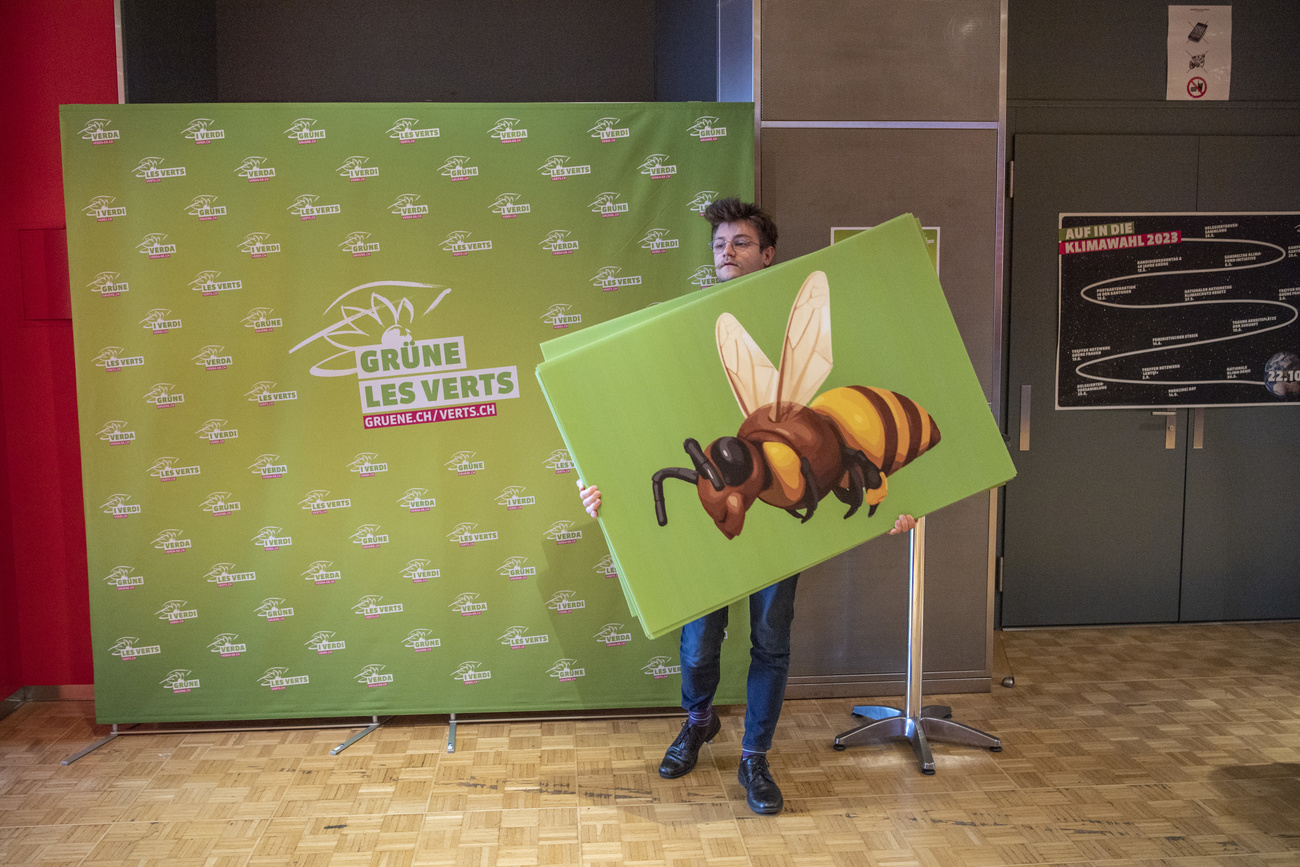
More
Elections 2023: Greens look set to lose ground
On October 25 this article was amended to include correct percentages for party strength. The official figures reported on October 22 were incorrect, the government admitted. The number of seats and elected politicians were unaffected.

In compliance with the JTI standards
More: SWI swissinfo.ch certified by the Journalism Trust Initiative
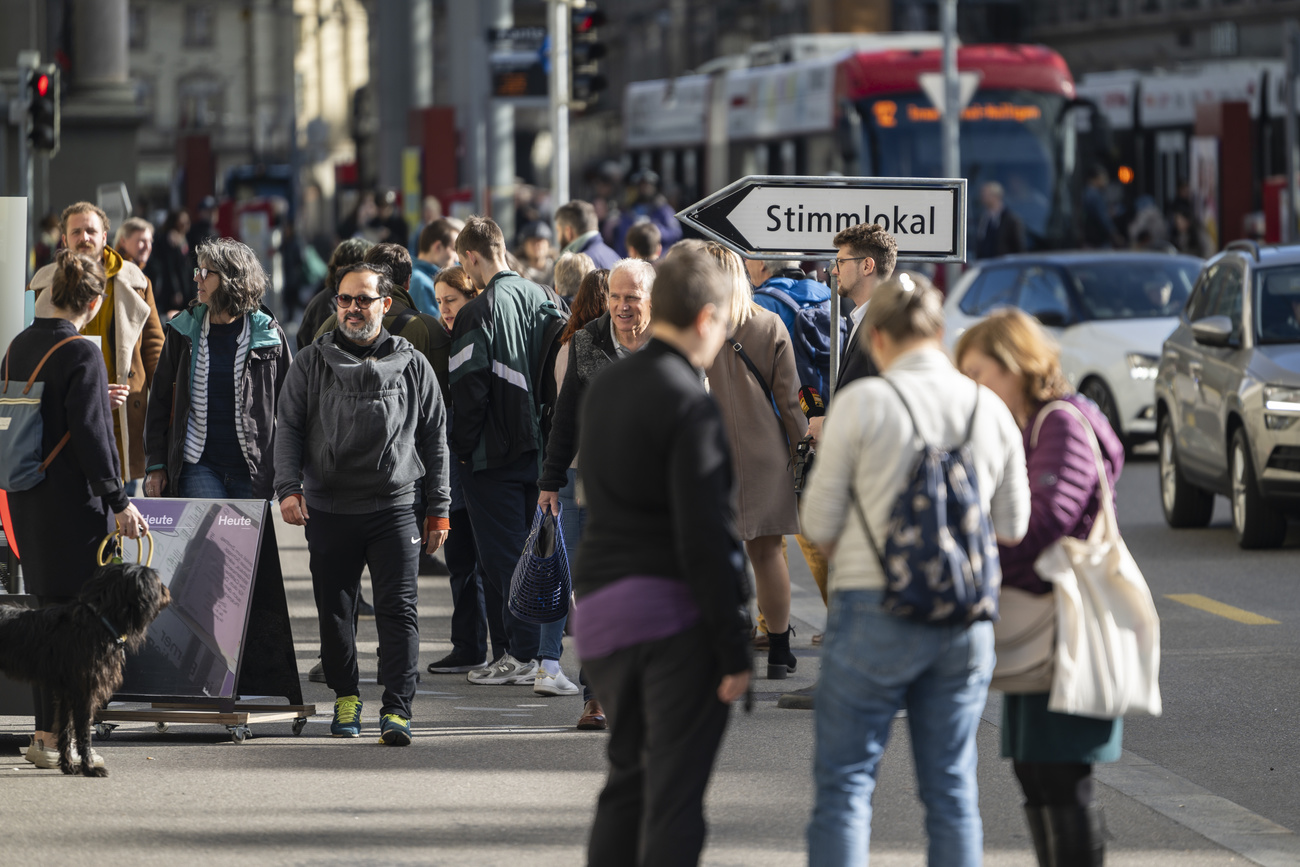
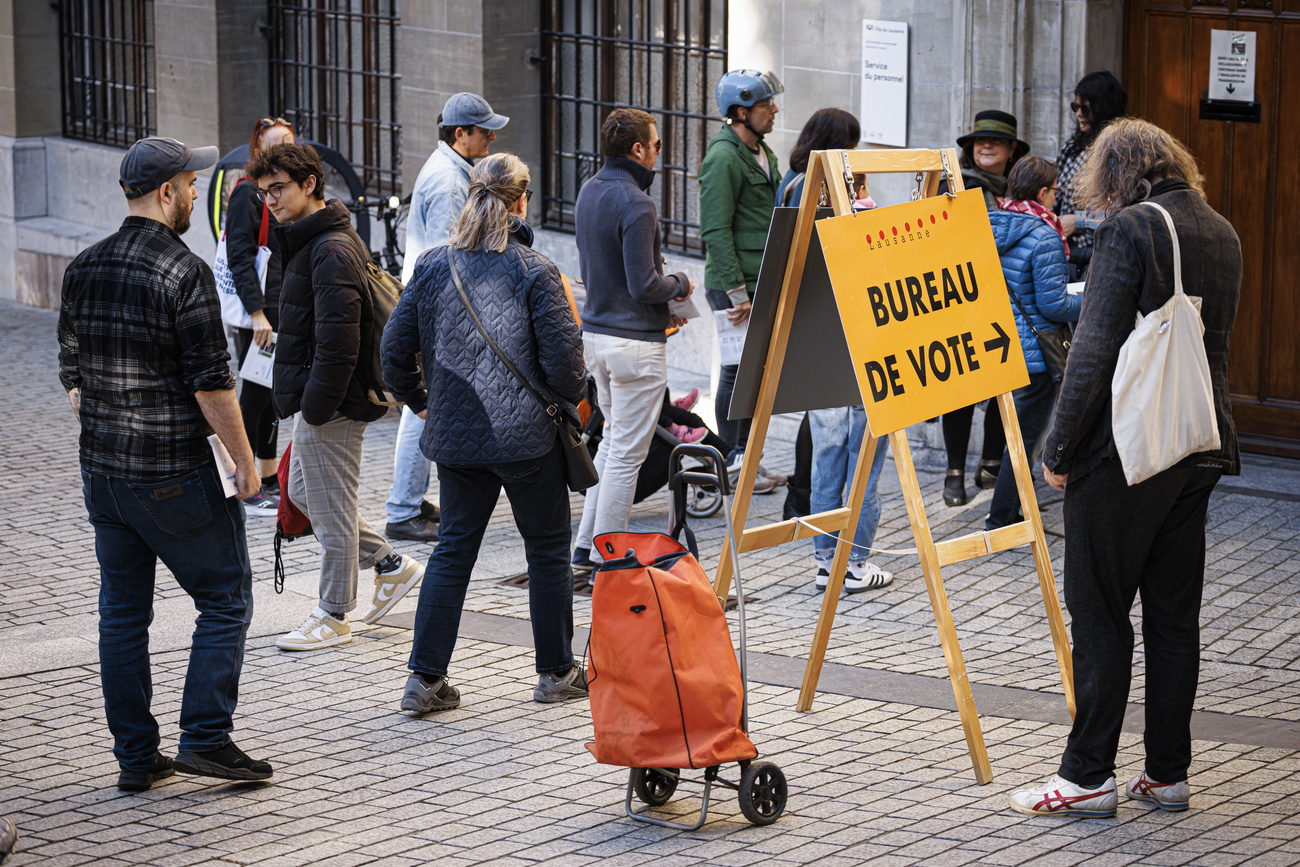

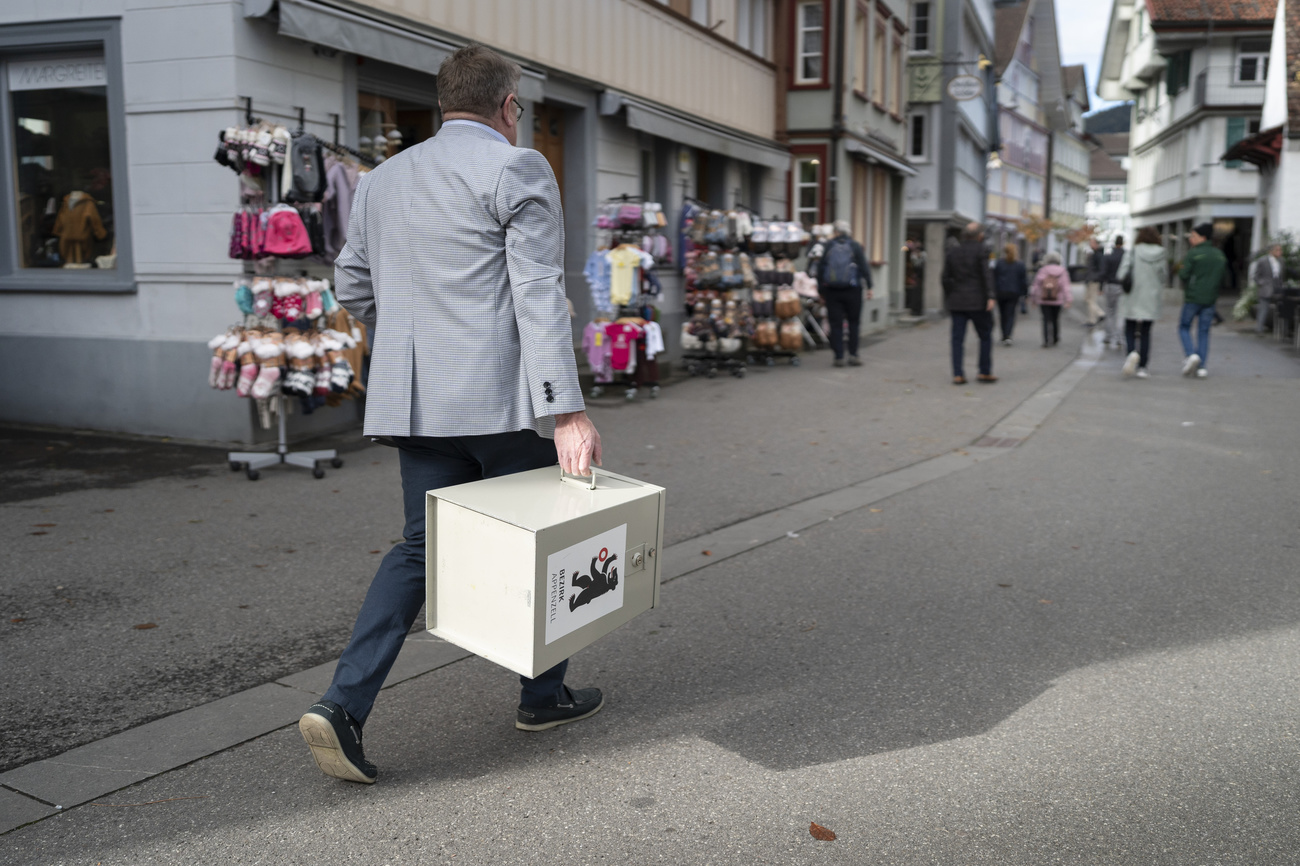
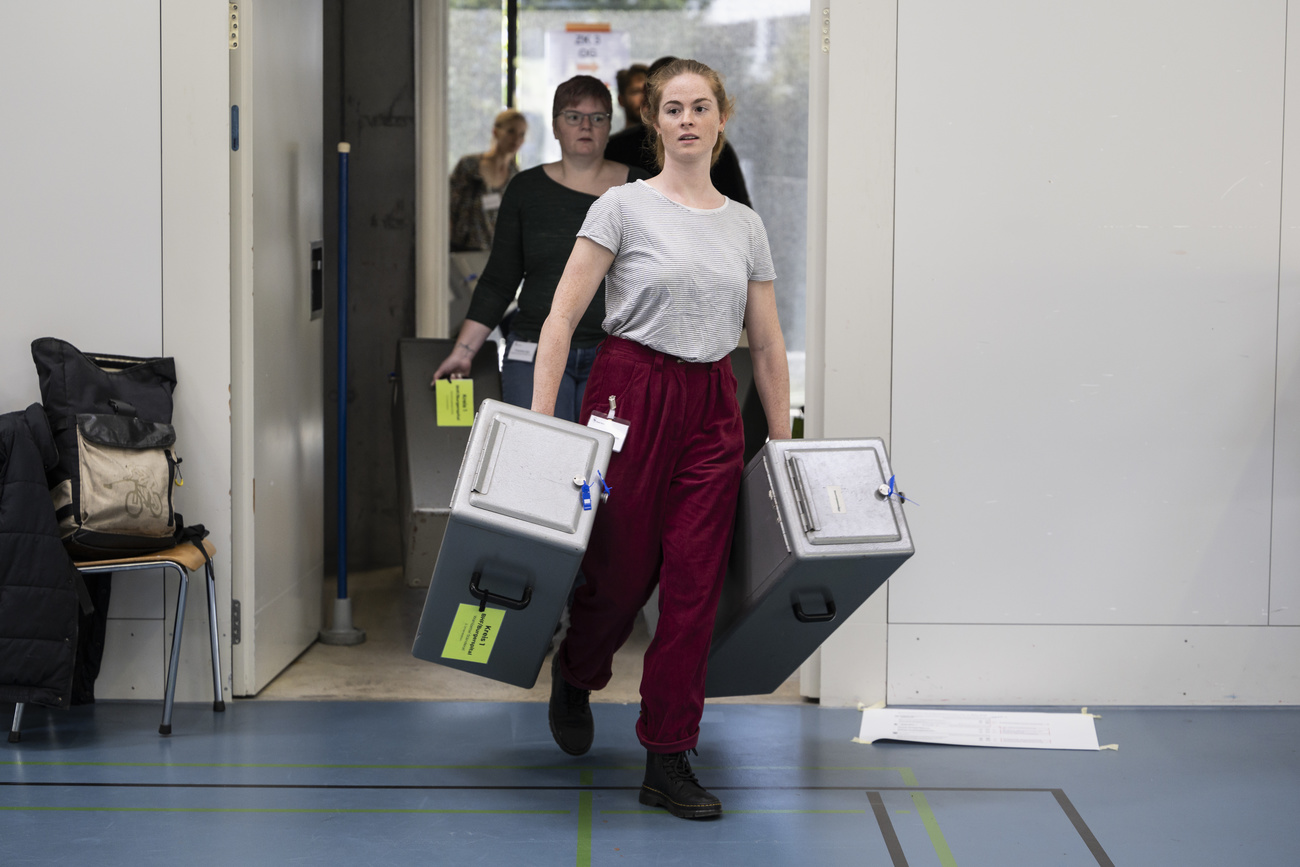


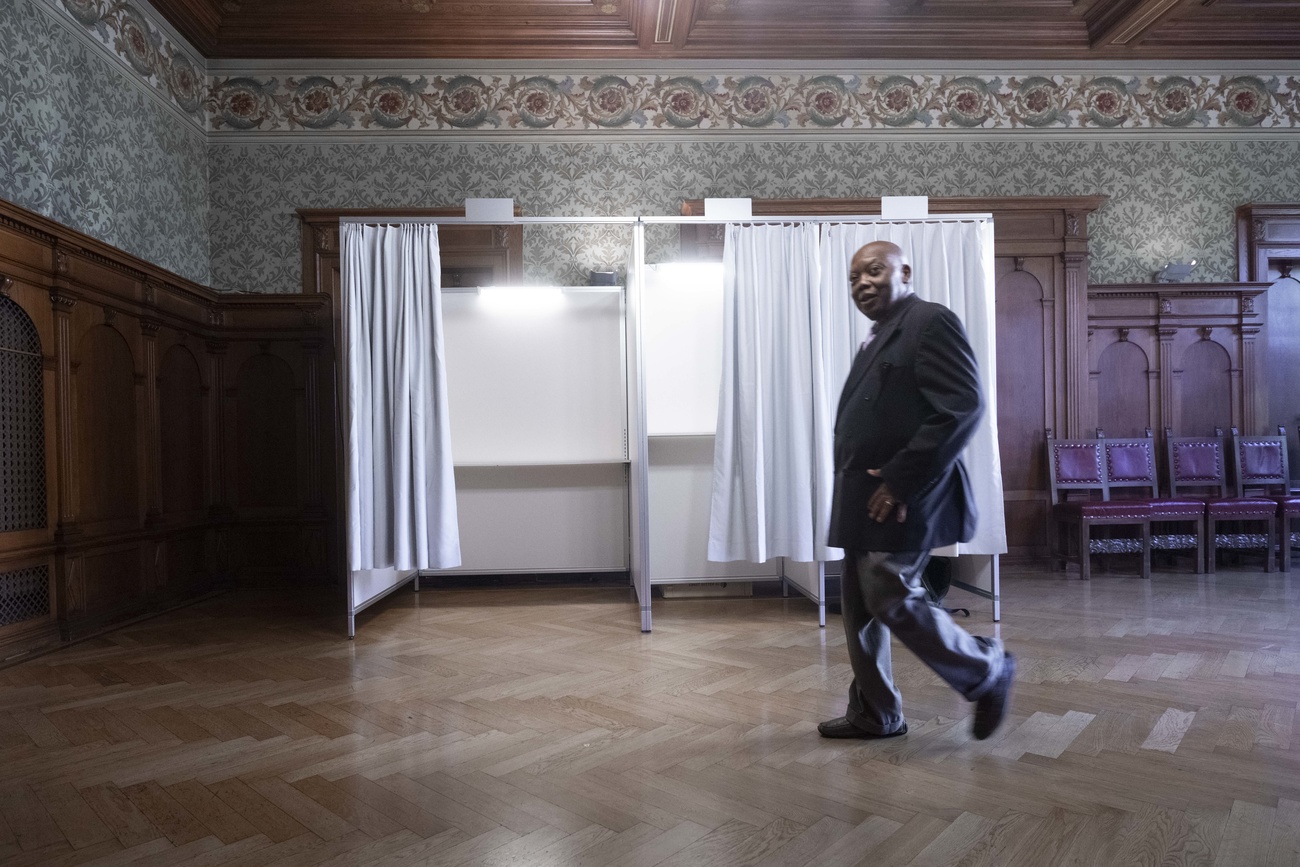
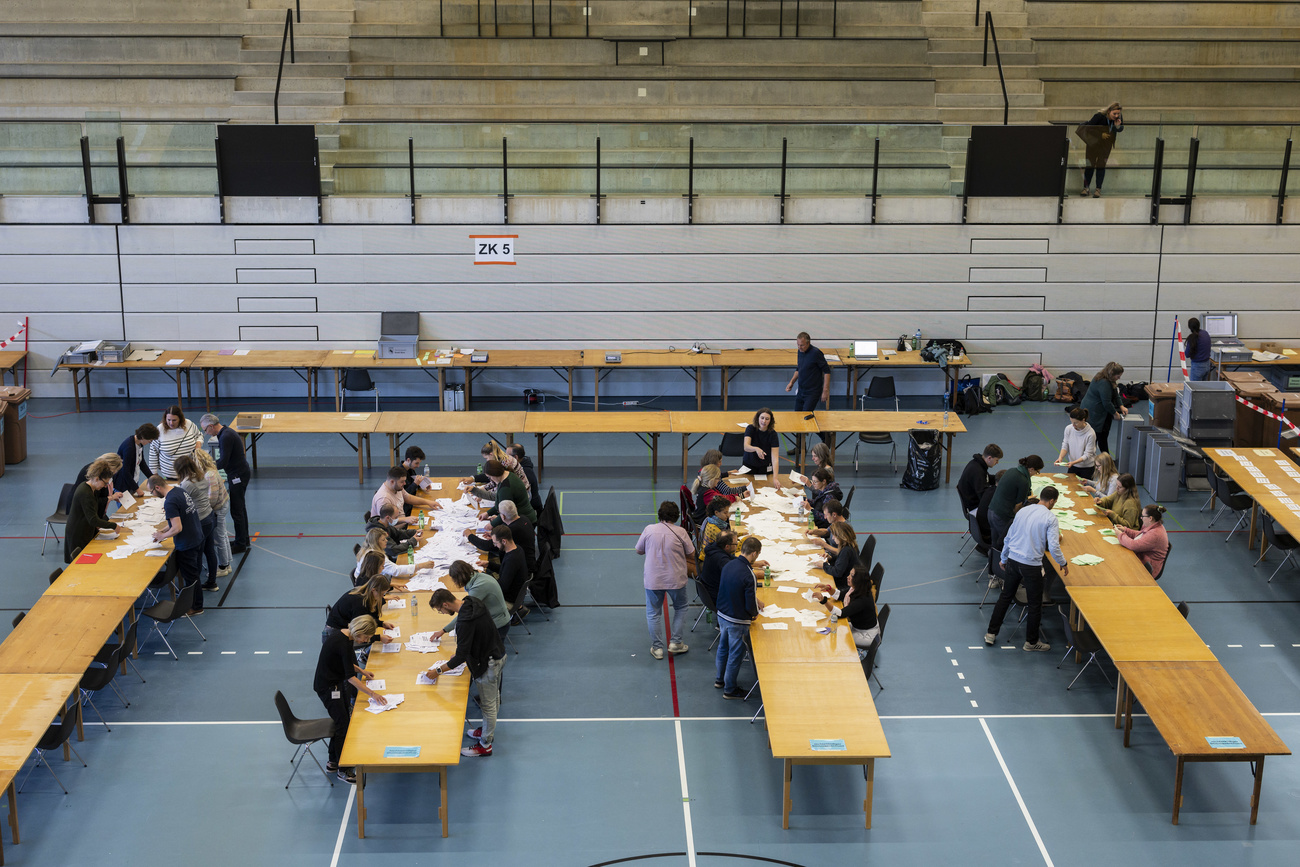
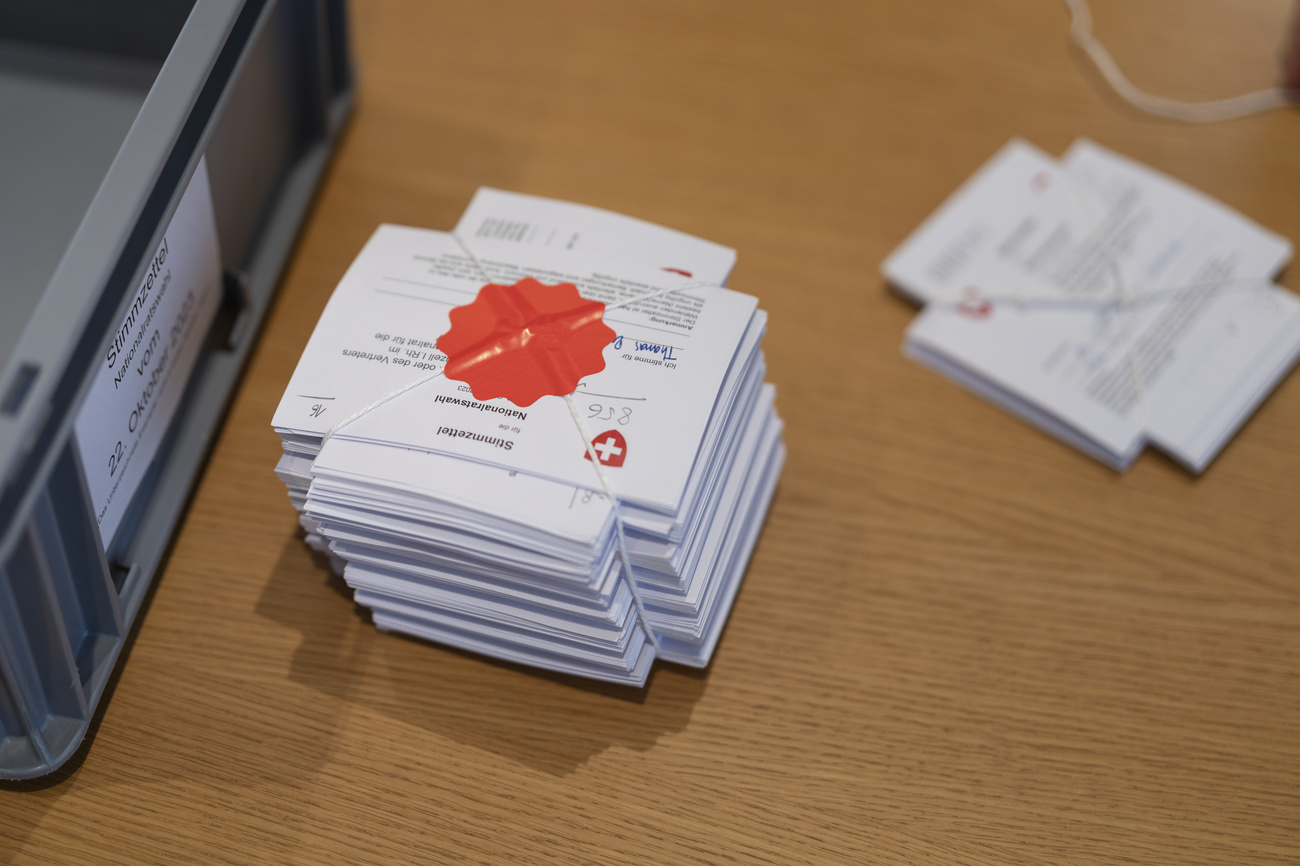

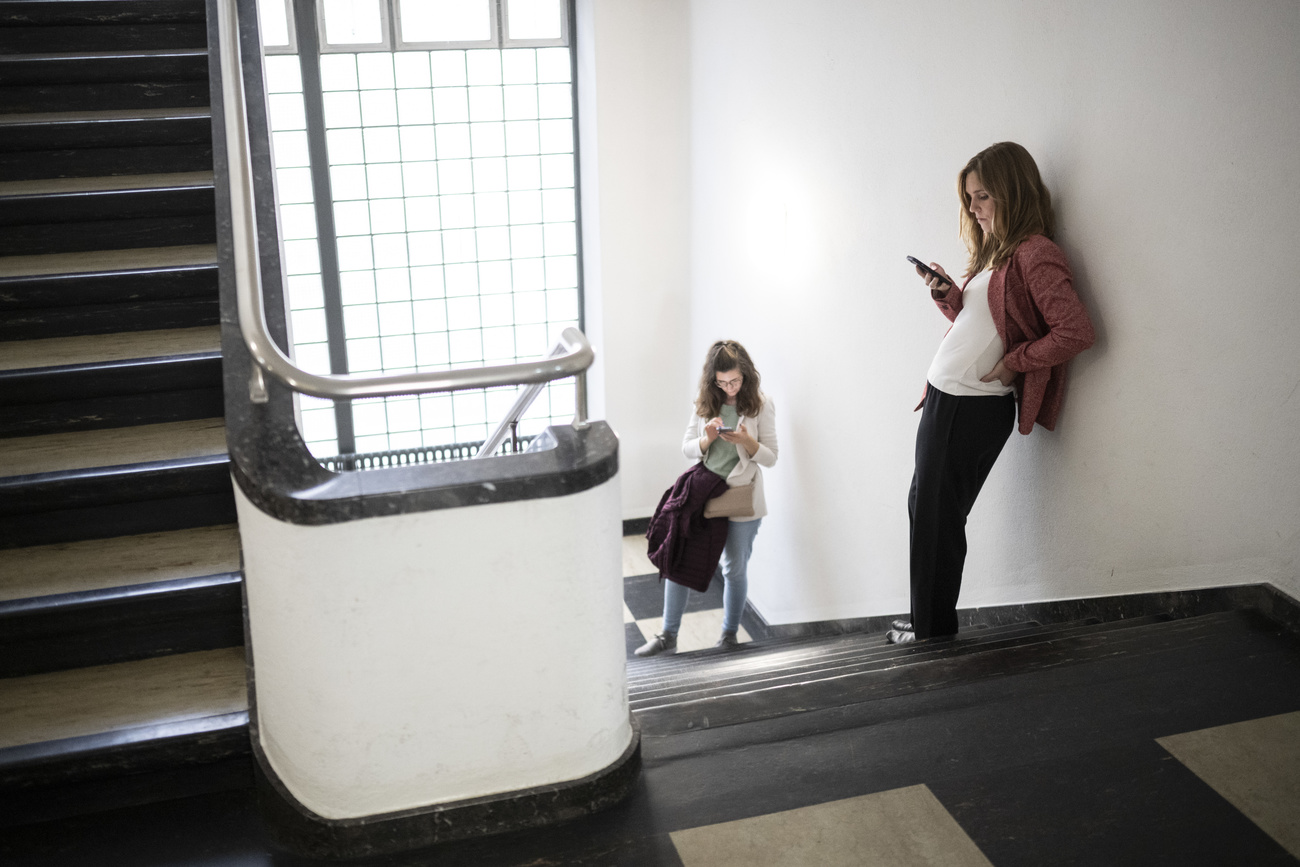




You can find an overview of ongoing debates with our journalists here . Please join us!
If you want to start a conversation about a topic raised in this article or want to report factual errors, email us at english@swissinfo.ch.